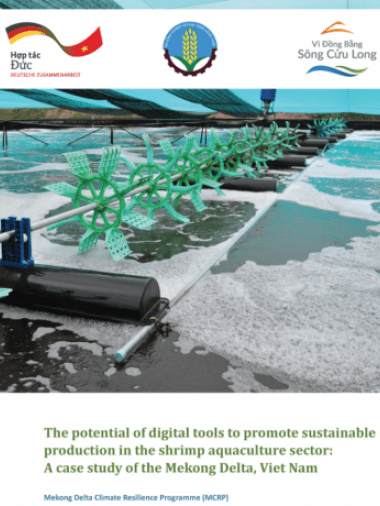The potential of digital tools to promote sustainable production in the shrimp aquaculture sector: A case study of the Mekong Delta, Viet Nam

Viet Nam’s fishery sector plays a vital role in the economy. Together, aquaculture and capture fishing account for almost 5% of the national gross domestic product (GDP), and directly or indirectly provide income to 8.5 million people, or nearly 10% of the total population (FAO, 2019; Lebailly et al., 2017). Viet Nam’s vibrant aquaculture sector contributes approximately 65% of total fisheries exports and plays an important role in filling the gap between global seafood demand and the sustainable limits of capture fishing (Lebailly et al., 2017; Phung & Pham, 2018). The shrimp aquaculture sub-sector is a particularly critical pillar of the seafood industry; it represents the second largest share of national aquatic exports, making Viet Nam the third largest shrimp exporter globally (International Trade Centre (ITC), 1999; Phung & Pham, 2018). The brackish waters of Viet Nam’s Mekong Delta host the vast majority of the nation’s shrimp aquaculture, accounting for 84% of total production (GSO, 2020).
Citation
GIles J, Kropff W, Grosjean G, Quyen CL, Jallo C, Mayzelle M. 2021. The potential of digital tools to promote sustainable production in the shrimp aquaculture sector: A case study of the Mekong Delta, Viet Nam. Bonn, Germany: Deutsche Gesellschaft für Internationale Zusammenarbeit (GIZ) GmbH.